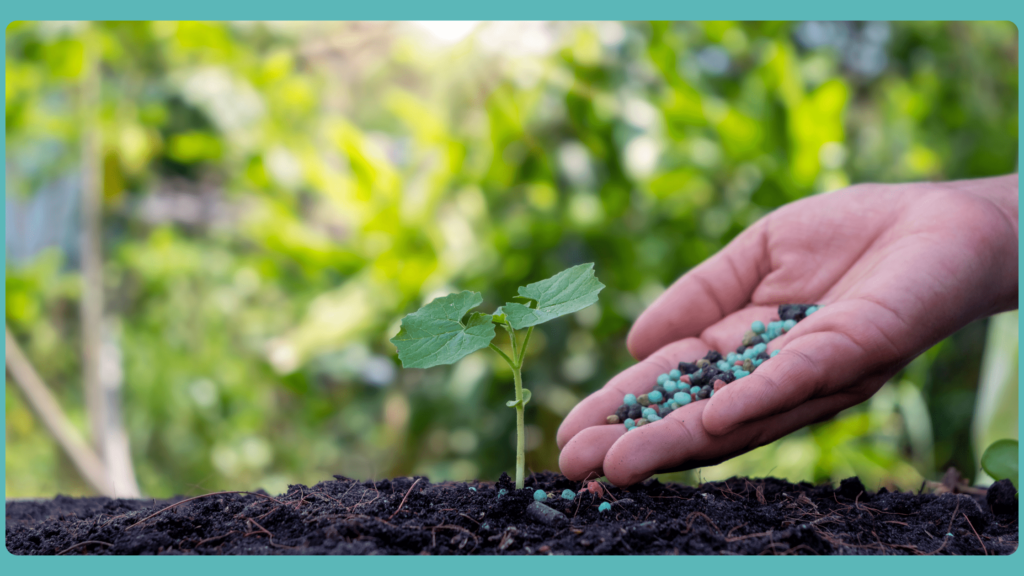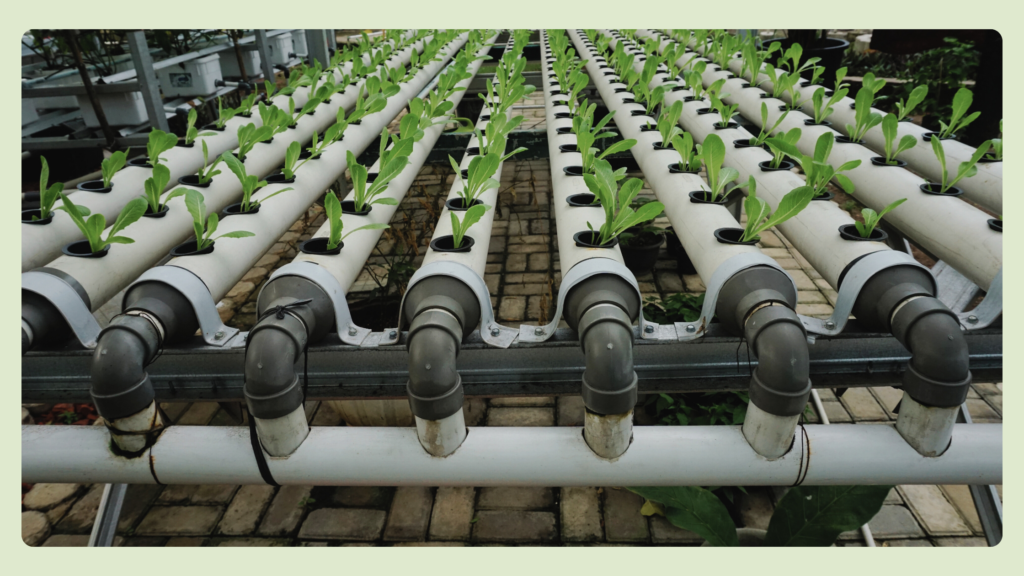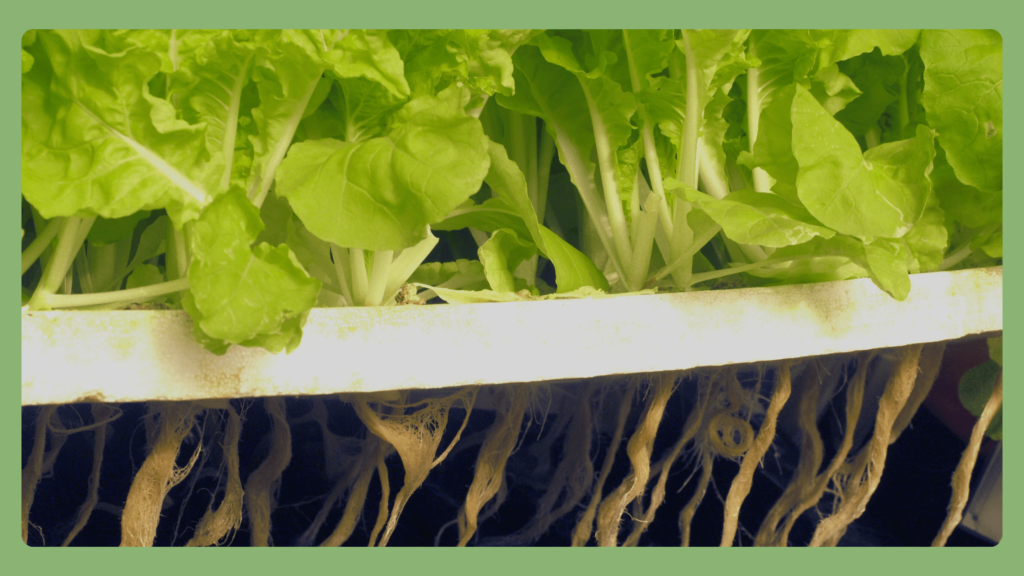Nutrient management is essential for the cultivation of tea. Well-nourished tea plants are better able to withstand almost any stressful conditions. The fertilizer for tea plants must include nitrogen, phosphorus, potassium, calcium, magnesium, manganese, zinc, boron, etc.
These nutrients may be sourced organically or otherwise. They can be in powdered form or liquid form. The flavor of tea mainly depends on the nutrient availability in the soil and its pH. So it is important to understand the various types of fertilizers and their proper usage. Here are some tips for fertilizer management for tea production.
Essential Nutrients for Tea Plants
- Nitrogen is required in high quantities. It is used for the formation of the cell matrix, chlorophyll, and protein components.
- Phosphorus promotes root growth in tea plants. In tea plantations, it is used in equal amounts as nitrogen. Mix bone meal on top of the soil before planting the tea plants and mix it well.
- Potassium is essential for photosynthesis and its deficiency can show in leaf necrosis. Muriate of potash is the main source of potassium for tea cultivation.
- Calcium and magnesium are required in smaller quantities. They can be used twice a year as the presence of more potassium can reduce the availability of magnesium in the soil. Dolomite lime is the best source for these nutrients and it can balance the soil pH as well. Magnesium sulfate may be used for soil that has high potassium content as it can prevent the absorption of magnesium.
- Manganese is required in smaller quantities and they serve the function of proper absorption of other nutrients.
Fertilizer for Tea Plants
You can find four types of fertilizers – organic manure, compost of any type, NPK, and the common liquid fertilizer. The application of each of these will be different and so is their dosage.
Organic Manure
Organic manure is available as bone meal, wood ash, fish meals etc. They must be from a non-contaminated area. You can collect them from farmers who manufacture such things. Their application must be careful and right before the onset of the monsoon. They must be applied on wet soil that has no weeds.
Compost
Compost is another best option that is easily available. You may prepare compost yourself using discarded leaves and other organic matter. Compost must be mixed well with the soil and must also be done before the rainy season.
NPK
If you are relying on artificial fertilizers, NPK (nitrogen, phosphorus, and potassium) must be chosen well. NPK should be
- Nitrogen: 10 kg per hectare
- Phosphorous: 30-40 kg per hectare
- Potassium: 40-60 kg per hectare.
Liquid Fertilizer
Liquid fertilizer is a convenient choice for tea plants as it can get maximum benefits. You can apply this every other month using a proper sprayer. Mix the fertilizer in a 10-10-10 ratio. The mixing ratio is ⅓ ounce of liquid fertilizer in one gallon of water per 10 sq ft area. Make sure to apply the fertilizer to the soil and not to the leaves. Ensure watering after the fertilizer application.
Fertilizers must be applied every other month during their vigorous growth period, especially in the summer and spring. The dosage of nutrients will be different depending on the growth stages.
The Right Time To Use Fertilizers
In a tea plantation, the use of fertilizers will be in and around the rainy season. This leaves the soil wet enough to use the fertilizers, facilitating its transportation through the soil layers. A slow-release fertilizer will be the best option for the summer season.
The rainy season is the worst time for fertilization. The nutrients will be washed out by the rains and the plants cannot absorb enough of them. You must fertilize the soil before the monsoon season.
Bottom Line
India achieved the feat of being the largest producer of tea with careful management and care for the tea plants. Proper use of fertilizers in the right concentration and frequency plays a huge role. Any deviation from the right plan can cause yellowing of tea leaves and other health issues.
Adjusting the concentration and frequency can quickly solve some of these issues. It is important to keep track of the progress of these plants as you care for them.




